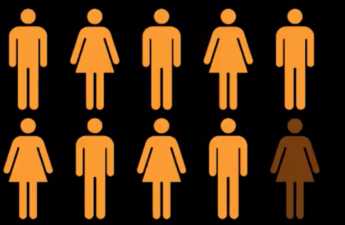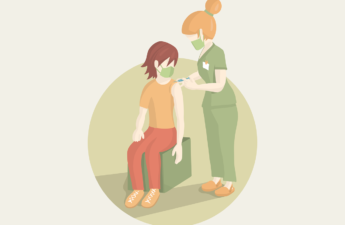
Public Health Insider, Public Health – Seattle & King County
One of the most important steps we can take in slowing the spread of COVID-19 is for anyone who has had close contact with an infected person to get tested and self-quarantine for 14 days.
Federal health authorities have updated their definition of “close contact,” which will lead to some changes in Public Health procedures and how we think about the risk of exposure to COVID-19.
The Centers for Disease Control and Prevention’s new criteria for a close contact includes someone who spent a combined total of 15 minutes near (< six feet) a person who is infected,, over the course of 24 hours.
The key difference is that “close contact” was previously defined as 15 consecutive minutes, whereas the new definition is based on cumulative time spent during a day — so three five-minute close interactions would now qualify as “close contact.”
Determining a “close contact” is not an exact science, and that hasn’t changed with the new definition. Public Health’s contact tracing team typically asks anyone who has tested positive to identify their recent close contacts so that people can test and go into quarantine.
The update gives additional context to Public Health contact tracers in determining who needs to be notified of potential exposure.
For the general public, the change is more one of mindset: interactions can add up. Even short interactions without physical distancing, and especially without masks, are not risk-free – and the potential for spreading the virus increases with time, proximity and if the infected person has symptoms.
This guidance underscores our bedrock advice to always keep six feet or more of distance from people outside your household, wear a face covering and ensure there’s good ventilation and airflow in indoor spaces.
For schools and childcare settings, the new definition of “close contact” reinforces the need to group children in small cohorts, and to minimize mixing outside those groups.
It’s important to remember that COVID-19 can be transmitted before one develops symptoms, and even by those who never develop symptoms. Anyone who has had close contact with someone with COVID-19 should be tested, and people with symptoms of COVID-19 should isolate themselves, consult with a healthcare provider and seek testing.
Originally posted on October 23, 2020.


